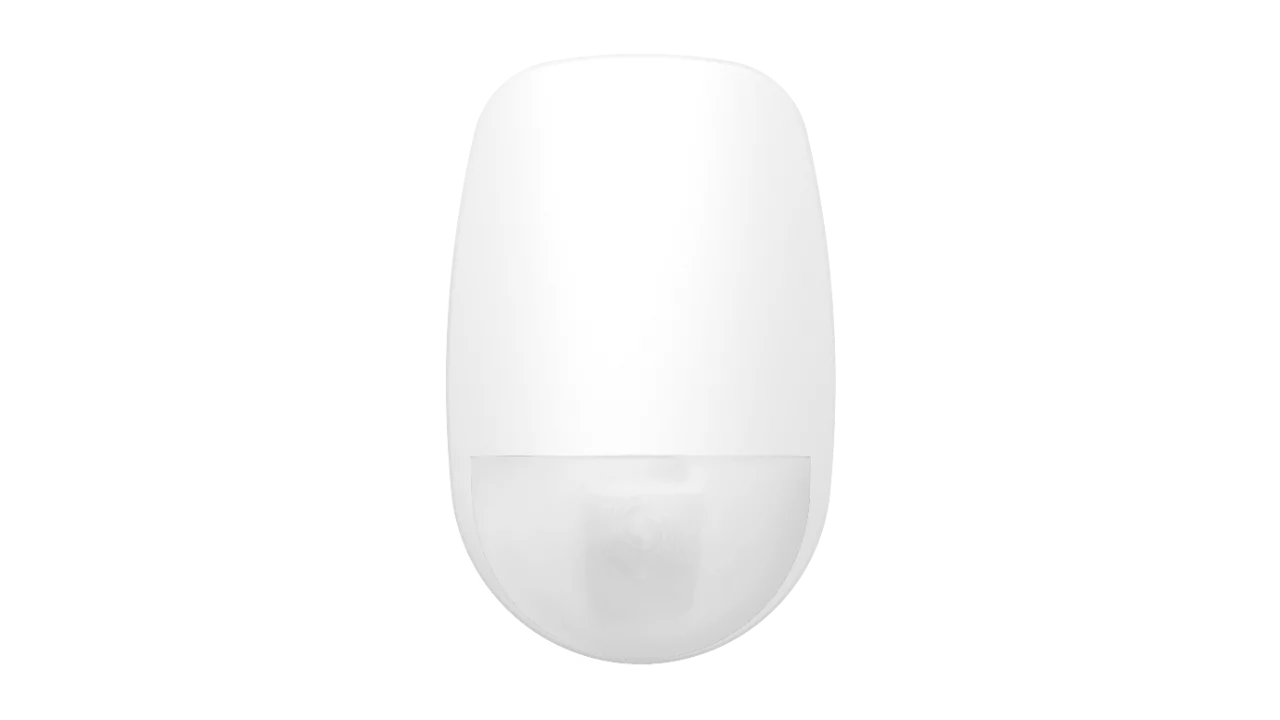Crowd Density Detection: How CCTV Monitors Crowds in Real-Time
Crowd density detection within CCTV systems represents a sophisticated advancement in video analytics. This technology goes beyond simple motion detection, focusing on accurately assessing the number of individuals present within a specific area at any given time.
Crowd density detection algorithms can accurately determine the current level of crowd congestion by analysing video footage in real-time. This real-time data provides invaluable insights for effective crowd management and enhances overall safety within public spaces.
Key Feature
Crowd density detection within CCTV systems relies on several key features to accurately assess and manage crowd levels:
-
Real-Time Monitoring: The system continuously analyses video feeds from cameras, providing a real-time count of individuals within the designated area. This automated process ensures that crowd density levels are constantly monitored and updated, enabling a dynamic understanding of the current situation.
-
Density Level Categorization: Crowd density is not simply a raw number. The system categorises crowd levels into distinct levels, such as low, medium, and high. These levels are based on pre-defined thresholds, allowing for a more nuanced understanding of the current situation and enabling a more targeted response.
-
Automated Alerts: When crowd density exceeds a pre-defined threshold, the system automatically triggers alerts. These alerts can be disseminated to security personnel, event managers, or other relevant stakeholders via various channels, enabling a prompt response to potential overcrowding situations.
-
Data Analytics and Predictive Insights: Beyond real-time monitoring, crowd density detection systems offer valuable data analytics capabilities. By analysing historical data, such as peak hours and weekly density patterns, organisations can gain valuable insights into crowd behaviour. This data can be utilised to optimise resource allocation, improve event planning, and proactively address potential crowd management challenges.
Applications
Crowd density detection technology finds valuable applications across a wide range of environments, significantly enhancing safety and operational efficiency.
-
Enhanced Public Safety: Crowd density detection plays a critical role in ensuring public safety in high-density public spaces such as stadiums, concert venues, and festivals. By monitoring crowd levels in real-time, the system can proactively identify and address potential risks, such as overcrowding, which can lead to dangerous situations like stampedes or riots.
-
Optimized Retail Operations: Crowd density detection provides valuable insights into customer behaviour in retail environments such as shopping malls and stores. By analysing customer traffic patterns, retailers can optimise staffing levels, adjust store layouts to improve customer flow and enhance the overall shopping experience.
-
Efficient Transportation Hub Management: In transportation hubs like airports, train stations, and bus terminals, crowd density detection is essential for managing passenger flow and ensuring smooth operations. By monitoring crowd levels in real-time, transportation authorities can effectively allocate resources, identify potential bottlenecks, and implement measures to improve passenger flow and enhance overall travel experiences.
Benefits
Crowd density detection offers several significant benefits, enhancing safety and operational efficiency in a wide range of settings.
-
Enhanced Security: This technology plays a crucial role in proactive security management by continuously monitoring crowd levels and identifying potential risks associated with overcrowding. Early detection of overcrowding allows security personnel to take prompt action, such as diverting crowds, implementing crowd control measures, or even temporarily restricting access, thereby minimising the risk of incidents and ensuring the safety of all individuals within the environment.
-
Improved Operational Efficiency: The insights gained from crowd density analysis enable organisations to optimise operations and improve overall efficiency. By understanding crowd dynamics, event organisers can effectively manage resources, plan for peak hours, and optimise space utilisation, ensuring a smoother and more enjoyable experience for visitors.
-
Enhanced Safety Compliance: In many public spaces, there are regulations and safety guidelines regarding maximum occupancy limits. Crowd density detection systems enable organisations to adhere to these regulations by providing real-time data on crowd levels. This proactive approach ensures that occupancy limits are not exceeded, maintaining a safe and compliant environment for all visitors.
How Crowd Density Detection Works
Crowd density detection systems employ sophisticated video analytics algorithms to accurately assess and monitor crowd levels within a defined area. These algorithms meticulously analyse video footage, identifying and counting individual people within the scene. By tracking the movement and distribution of individuals, the system can accurately determine the current crowd density.
This real-time data is then processed and compared to pre-defined thresholds to categorise crowd levels into distinct categories, such as low, medium, and high.
When crowd density exceeds a pre-defined threshold, the system triggers automated alerts. These alerts can be disseminated through various channels, such as notifications to security personnel via mobile devices or messages to a central control centre. They may also include recommendations for immediate action, such as temporarily restricting entry to certain areas, rerouting pedestrian flow, or implementing crowd control measures.
Conclusion
Crowd density detection technology has emerged as a crucial tool for effectively monitoring and managing crowds within a wide range of public spaces. By leveraging advanced video analytics, these systems provide real-time insights into crowd dynamics, enabling proactive measures to enhance safety and improve operational efficiency.
This technology empowers organisations to anticipate and address potential challenges associated with high-density crowds. By identifying and responding to changes in crowd levels in real-time, security personnel can proactively implement measures to prevent overcrowding, ensure the safety of all individuals, and maintain a smooth and orderly flow of people within the environment.
This proactive approach enhances overall security, improves operational efficiency, and ensures compliance with safety regulations, making crowd density detection an invaluable asset for managing crowds effectively and safely in various settings.

